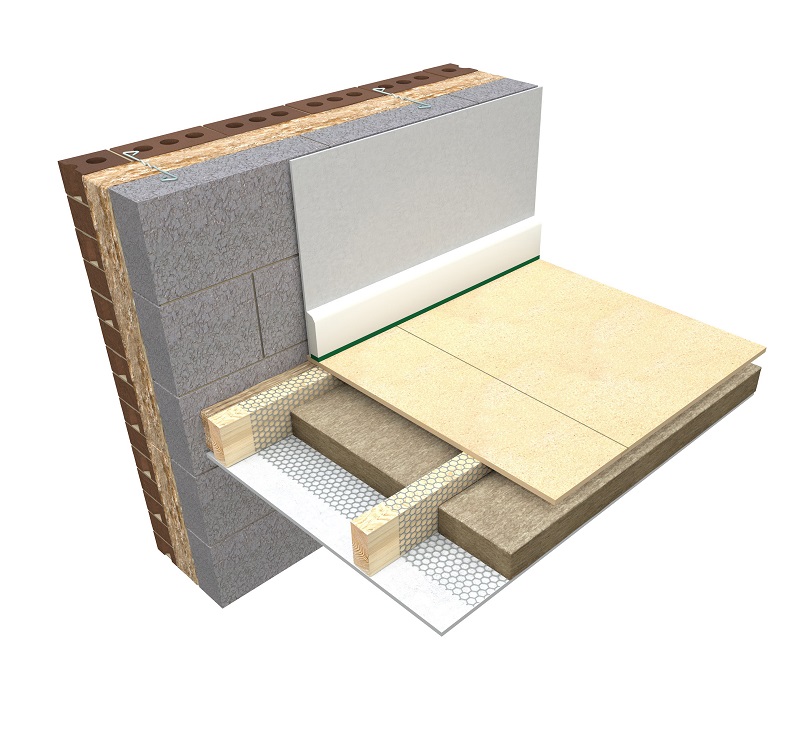PVC (Polyvinyl Chloride) is a widely used synthetic polymer known for its versatility and affordability. However, its flammability has raised concerns in various industries. In this blog post, we will explore effective strategies and techniques to make PVC fire resistant. By implementing these methods, you can enhance the safety and reliability of PVC-based products in different applications.
- Understanding PVC Flammability:
Before delving into fire-resistant solutions, it is crucial to comprehend the factors contributing to PVC's flammability. PVC is inherently combustible due to its chemical structure and high carbon content. When exposed to heat or flames, PVC can release toxic gases and generate intense heat, leading to rapid fire spread. Recognizing these characteristics is essential for developing effective fire-resistant measures. - Modifying PVC Formulation:
One approach to enhance PVC's fire resistance is by modifying its formulation. By incorporating fire retardant additives during the manufacturing process, the flammability of PVC can be significantly reduced. Common additives include halogenated compounds, such as chlorinated or brominated flame retardants. These additives work by releasing flame-inhibiting gases when exposed to heat, suppressing the combustion process. - Intumescent Coatings:
Another effective technique to improve PVC fire resistance is by applying intumescent coatings. These coatings contain a combination of chemicals that react when exposed to heat, forming a protective char layer. The char layer acts as a barrier, insulating the PVC from the flames and reducing heat transfer. Intumescent coatings not only enhance fire resistance but also provide additional benefits like improved UV resistance and durability. - Encapsulation:
Encapsulating PVC products with fire-resistant materials is a practical solution to mitigate fire risks. By enclosing PVC components within fire-resistant enclosures or barriers, the spread of flames can be limited. Encapsulation methods can include using fire-resistant fabrics, coatings, or enclosures made from non-combustible materials. This approach is particularly useful in applications where PVC is exposed to potential ignition sources. - Structural Design Considerations:
Incorporating fire-resistant design principles can also contribute to PVC's overall fire resistance. By optimizing the structural design of PVC-based products, potential fire hazards can be minimized. This includes considering factors such as proper ventilation, adequate spacing between PVC components, and the use of fire-resistant materials in critical areas.
Conclusion:
Enhancing PVC fire resistance is crucial for ensuring the safety and reliability of various products and applications. By understanding PVC's flammability characteristics and implementing effective strategies like modifying formulation, applying intumescent coatings, encapsulation, and considering structural design, the fire resistance of PVC can be significantly improved. These measures not only reduce the risk of fire incidents but also contribute to the overall safety standards in different industries.

